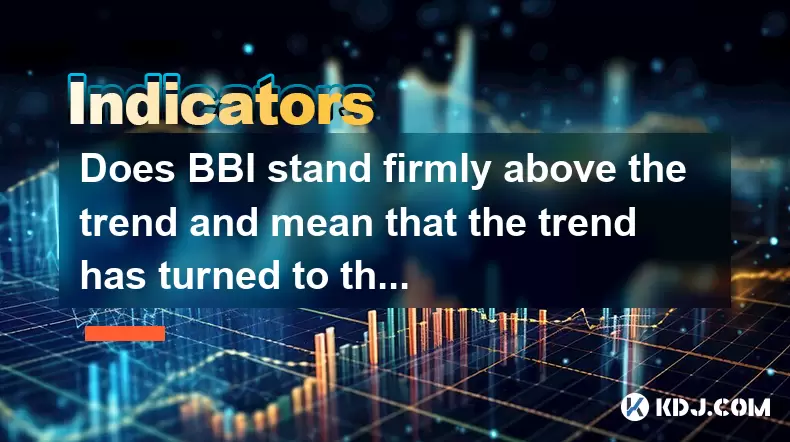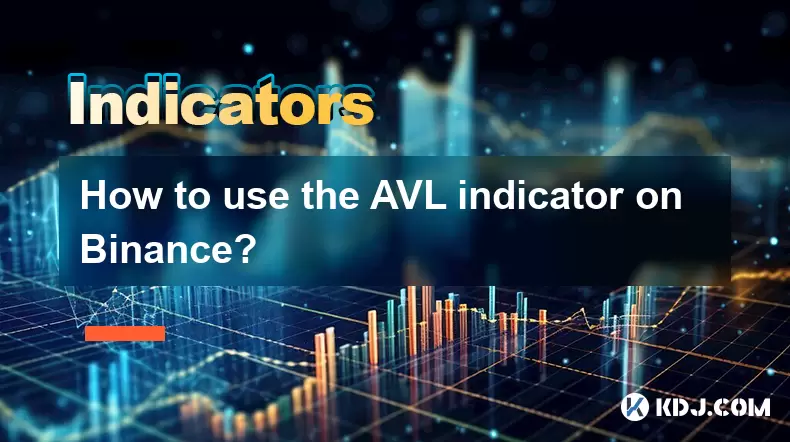-
 Bitcoin
Bitcoin $117700
-0.03% -
 Ethereum
Ethereum $3805
0.49% -
 XRP
XRP $3.098
-1.00% -
 Tether USDt
Tether USDt $1.000
0.03% -
 BNB
BNB $792.8
-1.72% -
 Solana
Solana $177.9
-1.95% -
 USDC
USDC $1.000
0.02% -
 Dogecoin
Dogecoin $0.2202
-1.55% -
 TRON
TRON $0.3278
-2.92% -
 Cardano
Cardano $0.7641
-2.43% -
 Hyperliquid
Hyperliquid $42.21
-2.68% -
 Sui
Sui $3.758
-1.58% -
 Stellar
Stellar $0.4080
-3.21% -
 Chainlink
Chainlink $17.75
-0.33% -
 Bitcoin Cash
Bitcoin Cash $591.8
4.96% -
 Hedera
Hedera $0.2561
-3.09% -
 Avalanche
Avalanche $23.34
-4.24% -
 Litecoin
Litecoin $110.7
1.96% -
 UNUS SED LEO
UNUS SED LEO $8.956
-0.01% -
 Toncoin
Toncoin $3.410
0.79% -
 Ethena USDe
Ethena USDe $1.001
0.03% -
 Shiba Inu
Shiba Inu $0.00001288
-1.82% -
 Uniswap
Uniswap $10.07
-2.06% -
 Polkadot
Polkadot $3.807
-2.27% -
 Monero
Monero $308.2
-2.15% -
 Dai
Dai $1.000
0.03% -
 Bitget Token
Bitget Token $4.521
-0.30% -
 Pepe
Pepe $0.00001134
-1.52% -
 Cronos
Cronos $0.1457
0.65% -
 Aave
Aave $274.9
-2.47%
Does BBI stand firmly above the trend and mean that the trend has turned to the bullish side?
When the price stays above the BBI, it signals growing bullish momentum in crypto markets, suggesting traders could consider entering long positions with proper confirmation from volume and other indicators like RSI or MACD.
Jun 20, 2025 at 07:21 pm

Understanding BBI in the Context of Cryptocurrency Trading
In the world of cryptocurrency trading, technical indicators play a pivotal role in interpreting market behavior. One such tool is the BBI (Bull and Bear Index), which helps traders gauge whether the market is leaning towards bullish or bearish sentiment. The BBI combines multiple moving averages into one line to provide clearer signals about the trend's direction. When the price moves above the BBI line, it suggests that bulls are gaining control over the market.
The BBI line acts as a dynamic support level during uptrends and a resistance level during downtrends. This dual functionality makes it a versatile tool for analyzing both short-term fluctuations and long-term trends within volatile crypto markets like Bitcoin, Ethereum, and altcoins.
What Does It Mean When Price Stays Above the BBI?
When an asset's price remains consistently above the BBI, it indicates a potential shift from a bearish to a bullish phase. This does not guarantee a full-fledged bull run but highlights growing buying pressure. In cryptocurrency, where momentum can change rapidly, staying above the BBI may serve as a confirmation signal for entering long positions or holding through corrections.
- Traders often use this as a filter before initiating buy orders.
- Volume surges alongside price above BBI can confirm stronger conviction among buyers.
- It’s essential to cross-check with other indicators like RSI or MACD to avoid false signals.
However, due to the high volatility in crypto assets, relying solely on BBI without additional context could lead to premature entries or exits.
How to Confirm a Bullish Trend Using BBI and Other Indicators
To determine if a bullish trend is forming, traders must combine the BBI with complementary tools. Here's how:
- Check Volume Patterns: Rising volume when price crosses above BBI strengthens the validity of the bullish signal.
- Look at Moving Averages: If the 50-day MA is above the 200-day MA (golden cross), it supports the bullish case.
- Use Relative Strength Index (RSI): An RSI value above 50 but not yet overbought (>70) confirms ongoing strength.
- Monitor Market Sentiment: News, regulatory changes, and macroeconomic factors influence crypto trends significantly.
By integrating these elements, traders can better assess whether a move above BBI is a genuine trend reversal or just a temporary bounce.
Common Pitfalls When Interpreting BBI Signals
While BBI offers valuable insights, misinterpreting its signals can be costly in fast-moving crypto markets. Some common mistakes include:
- Ignoring Timeframes: Short-term charts may show bullish signs while longer timeframes remain bearish. Always check multiple timeframes before making decisions.
- Overtrading Based on Single Crossovers: A single candlestick crossing above BBI doesn’t constitute a trend. Wait for confirmation across several candles.
- Neglecting Market Conditions: During consolidation phases, BBI can give misleading signals. It performs best in trending environments.
- Not Setting Stop-Losses: Even strong-looking setups can fail. Protect capital by placing appropriate stop-loss levels.
Avoiding these pitfalls ensures more disciplined trading and reduces emotional decision-making.
Practical Steps to Use BBI in Your Crypto Trading Strategy
If you're planning to incorporate BBI into your trading strategy, here's a step-by-step guide tailored for cryptocurrency traders:
- Add BBI Indicator: On platforms like TradingView or Binance, go to 'Indicators' and search for BBI. Add it to your chart.
- Set Default Parameters: Most platforms use a combination of 3, 5, 8, and 13-period moving averages by default. You can tweak them based on your trading style.
- Observe Price Action: Watch how price interacts with the BBI line—consistently staying above it indicates strength.
- Wait for Confluence: Look for other bullish signs like higher highs, rising volume, and positive candlestick patterns.
- Place Entry Orders: Once confirmed, enter long positions with predefined risk-reward ratios.
- Adjust Stops Dynamically: Trail your stop-loss below recent swing lows or under the BBI line as the trend progresses.
Using BBI in this structured way enhances its effectiveness in identifying sustainable bullish trends.
Frequently Asked Questions (FAQs)
Q: Can BBI be used effectively in sideways or ranging markets?
A: BBI tends to generate false signals in ranging markets because it’s primarily designed for trending environments. Traders should exercise caution and look for alternative strategies during consolidation phases.
Q: Is BBI suitable for all types of cryptocurrencies?
A: While BBI works on most liquid cryptos like BTC, ETH, and major altcoins, it may not perform well on low-volume or highly speculative tokens where erratic price swings are common.
Q: How often should I adjust the BBI settings?
A: Adjustments depend on your trading style. Day traders might shorten the periods for quicker signals, while swing traders may stick to default values. Always backtest any changes before live trading.
Q: What should I do if the price keeps fluctuating around the BBI line?
A: This usually indicates indecision in the market. Avoid taking aggressive positions until a clear breakout occurs. Instead, monitor volume and wait for a decisive close above or below the BBI line.
Disclaimer:info@kdj.com
The information provided is not trading advice. kdj.com does not assume any responsibility for any investments made based on the information provided in this article. Cryptocurrencies are highly volatile and it is highly recommended that you invest with caution after thorough research!
If you believe that the content used on this website infringes your copyright, please contact us immediately (info@kdj.com) and we will delete it promptly.
- Cold Wallet vs. MetaMask: A Crypto Wallet Revolution?
- 2025-07-31 10:30:57
- Bitcoin Casinos in 2025: Instant Payouts and Welcome Bonuses
- 2025-07-31 10:50:33
- Meme Coins in 2025: Token Burns and the Quest for Moonshots
- 2025-07-31 10:50:33
- Unlocking Value: A Deep Dive into Random Year 1 oz Krugerrand Gold Coins
- 2025-07-31 10:57:21
- LYNO Token Presale: AI Arbitrage Revolution in DeFi
- 2025-07-31 05:11:11
- Pepecoin Successors: Can These Cryptocurrencies Make You a Millionaire?
- 2025-07-31 05:50:12
Related knowledge

How to use the AVL indicator to confirm a trend?
Jul 31,2025 at 10:25am
Understanding the AVL Indicator and Its ComponentsThe AVL indicator, also known as the Accumulation Volume Line, is a technical analysis tool that com...

How does volume affect the AVL indicator?
Jul 31,2025 at 11:23am
Understanding the AVL Indicator and Its Core ComponentsThe AVL indicator, short for Accumulation Volume Line, is a technical analysis tool used primar...

How to use the AVL indicator with MACD for better signals?
Jul 31,2025 at 09:22am
Understanding the AVL Indicator and Its Role in Cryptocurrency TradingThe AVL indicator, also known as the Accumulation Volume Line, is a volume-based...

How to identify sell signals with the AVL indicator?
Jul 31,2025 at 07:09am
Understanding the AVL Indicator and Its Core ComponentsThe AVL indicator, also known as the Accumulation Volume Line, is a volume-based technical anal...

How to use the AVL indicator on Binance?
Jul 31,2025 at 12:22pm
Understanding the AVL Indicator and Its Relevance on BinanceThe AVL indicator, also known as the Accumulation Volume Line, is a technical analysis too...

What are the best settings for the AVL indicator?
Jul 31,2025 at 10:04am
Understanding the AVL Indicator and Its PurposeThe AVL indicator, also known as the Accumulation Volume Line, is a technical analysis tool used in the...

How to use the AVL indicator to confirm a trend?
Jul 31,2025 at 10:25am
Understanding the AVL Indicator and Its ComponentsThe AVL indicator, also known as the Accumulation Volume Line, is a technical analysis tool that com...

How does volume affect the AVL indicator?
Jul 31,2025 at 11:23am
Understanding the AVL Indicator and Its Core ComponentsThe AVL indicator, short for Accumulation Volume Line, is a technical analysis tool used primar...

How to use the AVL indicator with MACD for better signals?
Jul 31,2025 at 09:22am
Understanding the AVL Indicator and Its Role in Cryptocurrency TradingThe AVL indicator, also known as the Accumulation Volume Line, is a volume-based...

How to identify sell signals with the AVL indicator?
Jul 31,2025 at 07:09am
Understanding the AVL Indicator and Its Core ComponentsThe AVL indicator, also known as the Accumulation Volume Line, is a volume-based technical anal...

How to use the AVL indicator on Binance?
Jul 31,2025 at 12:22pm
Understanding the AVL Indicator and Its Relevance on BinanceThe AVL indicator, also known as the Accumulation Volume Line, is a technical analysis too...

What are the best settings for the AVL indicator?
Jul 31,2025 at 10:04am
Understanding the AVL Indicator and Its PurposeThe AVL indicator, also known as the Accumulation Volume Line, is a technical analysis tool used in the...
See all articles

























































































